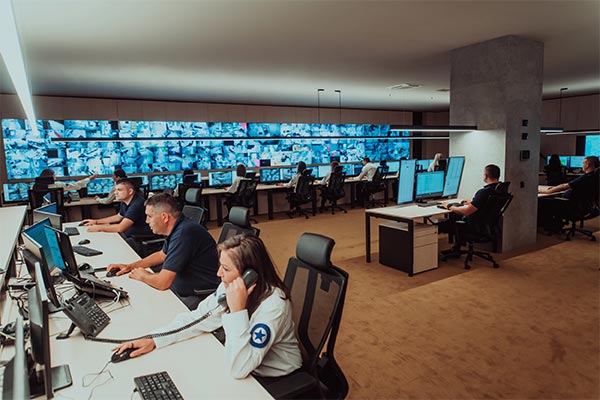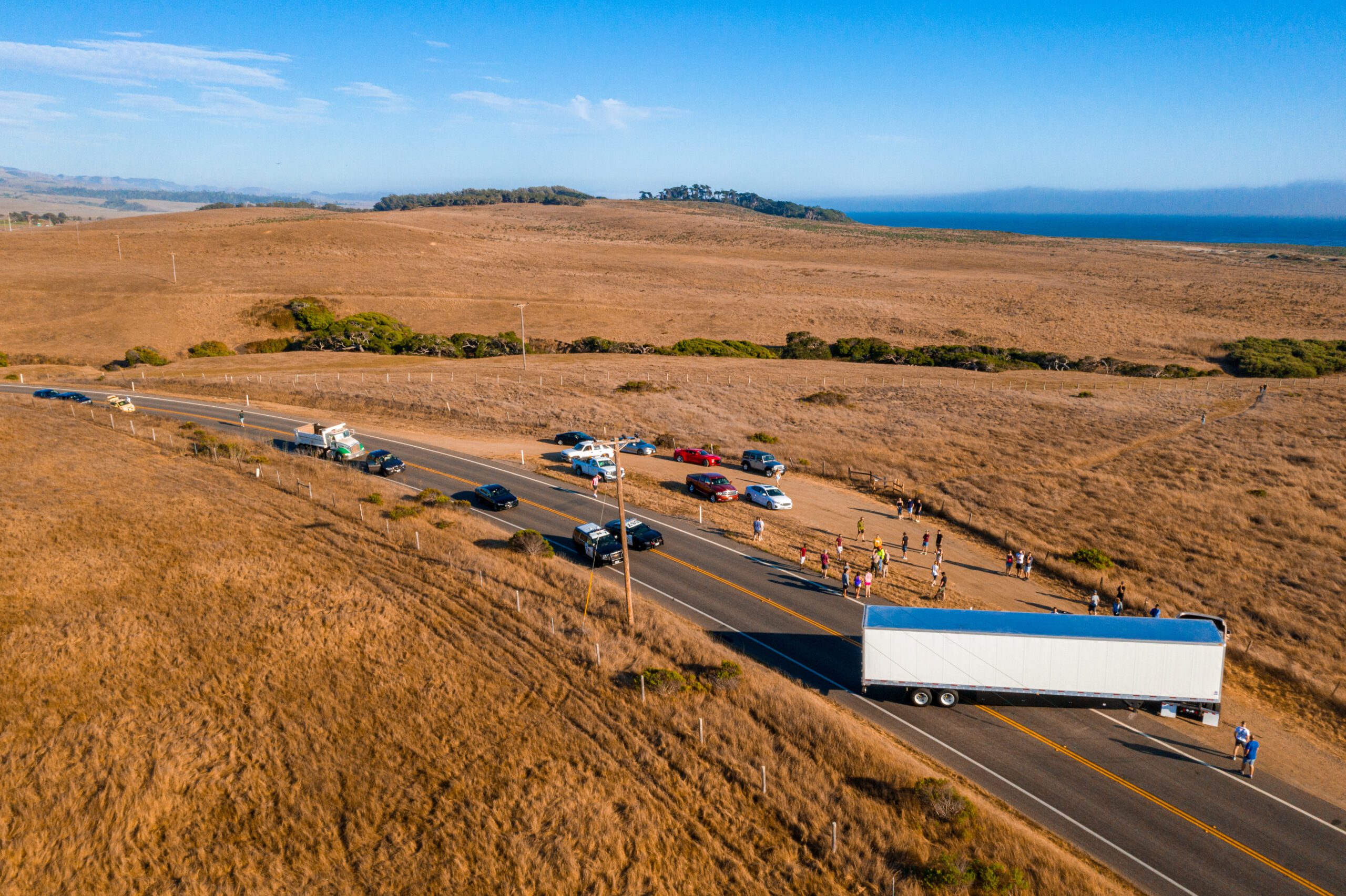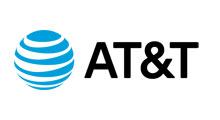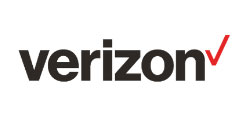The World’s Leading Automated Emergency Response Solution
Our mission: Save minutes, when seconds count.
Over 10,000 Public Safety Users & 2,000 K-12 Schools Trust Mutualink
Mutualink is the only multimedia response solution that integrates seamlessly with other existing security tools and technologies and the only one that is certified by the Department of Homeland Security.
Learn how Mutualink can help communities respond better to save lives.
“The Mutualink solution has emerged as an essential component to solving public safety interoperability challenges on a national basis. Mutualink is a superior and affordable platform that works. And the proof is in the state and localities that use it.”
First Secretary of the US Department of Homeland Security
Latest News
A Mobile Automated Emergency Response Solution for Outdoor and Remote Operations
Without an established, reliable communication channel, the challenges of effective event management, public safety, and...
The Importance of Drills and Training in Emergency Response
The DOJ Uvalde School Shooting Response and Ohio Active Shooter Drill underscored how preparedness, communication,...
Active Shooter Drill with Interoperability Focus Uncovers Failures: A Mutualink Interview with Joe Dooley
A recent active shooter drill in Conneaut, Ohio revealed sizable failures in emergency response planning...

Join Our Partner Ecosystem
Mutualink’s partners deliver expertise and industry-specific solutions. Our valued partners focus on unique market challenges enabling communities to be safer and more prosperous by connecting communities worldwide via on-demand, real-time, intelligent situational awareness.
Our Clients And Partners
Solution Building Blocks
Connect to the Mutualink interoperability platform with system components and software.






















